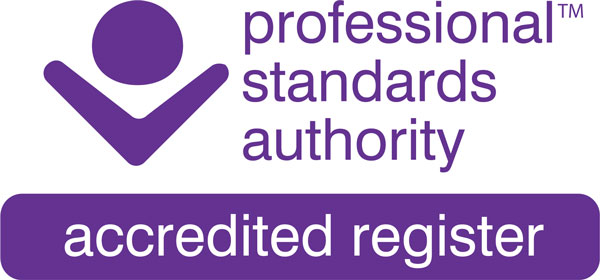Accessibility
We aim to make this website as easily navigable and accessible as possible so that you can find the information you need.
It has been built as a mobile-first website using on-page text, HTML and cascading style sheets. This creates a fast loading website that is accessible to screen readers and is usable in most browsers, including older browsers and browsers available on non-Windows systems.
Images and design
The images on our site have ALT tags which provide screen reader users, and those with images turned off, with a description of the content of the picture. The design of our site, including fonts, colour palette and contrast settings, has been chosen with legibility in mind.
PDF documents
Although most pages are in text only, some documents are provided as PDFs (Portable Document Format) for you to view or download. PDFs are a common file format used on the internet. If your browser does not open PDFs, you can download the Adobe Acrobat Reader from the Adobe website.
The accessibility of PDFs has improved in recent years for those using assistive technologies such as screen readers, navigation through the keyboard and enhanced screen viewing. You can find information about using these features on the Adobe website.
Customising your browser
If you would like information and step-by-step guides on how you can customise your particular web browser and computer setup to improve your online experience, the W3C Better Web Browsing guide is a useful place to start.
Get in touch
Your feedback is important to us, do get in touch if you have any suggestions for how we can improve our website. Our ultimate aim is to meet the AA accessibility standard, as laid out by W3C in its Web Accessibility Initiative.

